Boston Fern Diseases: Caring For Unhealthy Boston Ferns
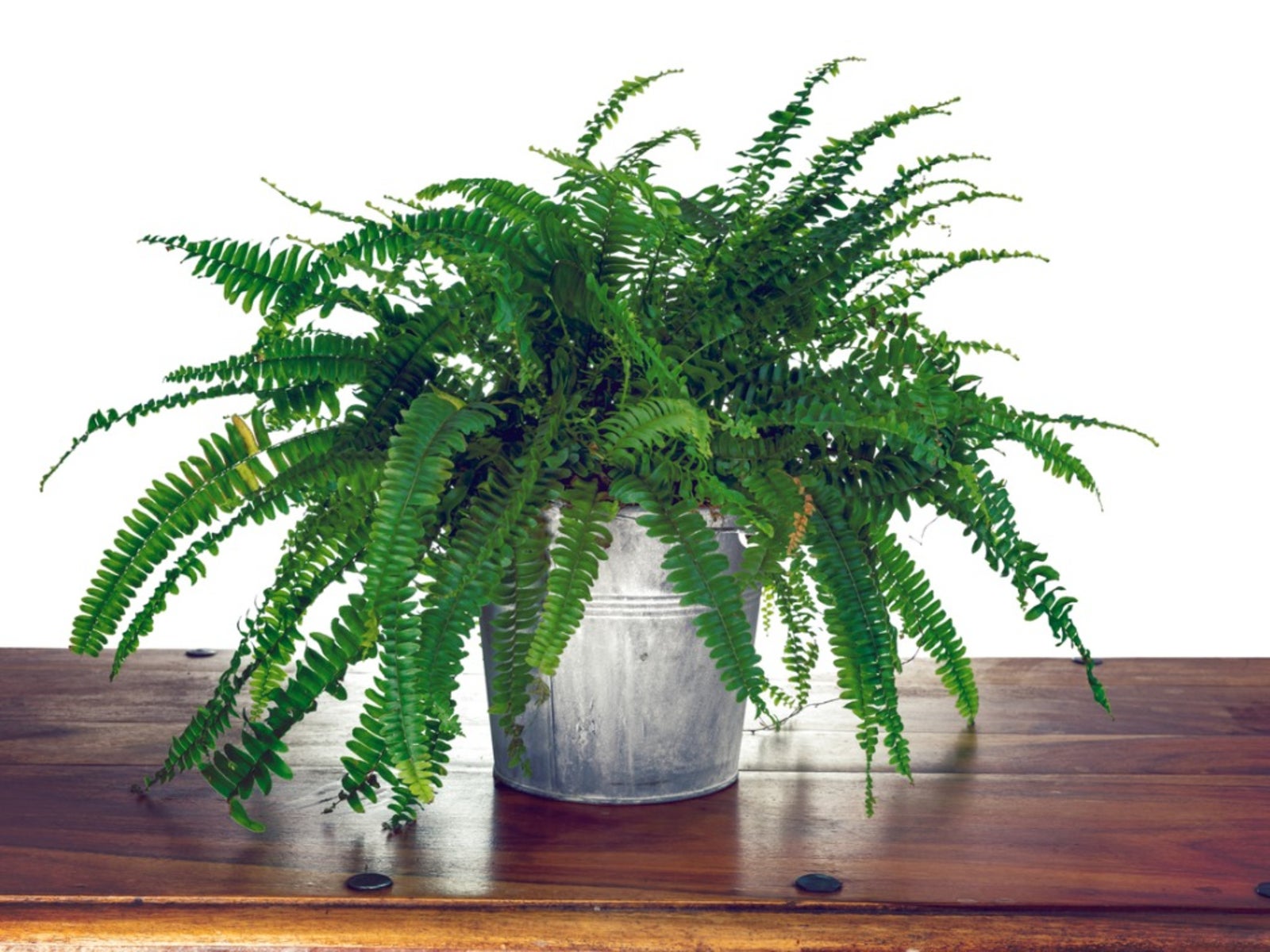

Amy Draiss
Boston ferns (Nephrolepis exaltata ‘Bostoniensis') are old-fashioned ferns with beautiful arching fronds. They require adequate sunlight, water and nutrients to thrive, and good cultural practices help keep your fern healthy. If your fern doesn’t get the best care – or even if it does – it may be attacked by Boston fern diseases. Read on to learn more about diseases of Boston fern plants.
Common Boston Fern Problems
If you fail to water your potted fern appropriately, over or under irrigation can lead to unhealthy Boston ferns. Most fern instructions advise you to keep the soil constantly moist. But this is not the same as allowing the soil to be wet or the plant to become water-logged. To avoid issues with Boston ferns, water the plant thoroughly when the top of the soil is dry. Keep watering until it leaks from the drain holes in the bottom of the pot. Do not water again until the soil surface is dry. Failure to water sufficiently can lead to graying, one of the most common Boston fern problems. Graying is often the result of drought conditions. You’ll know if your plant has this condition when the leaves turn gray and the plant may seem to stop growing. Increasing irrigation should resolve this. Although many gardeners consider tropical ferns low-light plants, Boston ferns need adequate light. If they do not get a medium amount of light – at least two hours of indirect light all year round – their fronds become long and pendulous. This is termed weak frond and is resolved by increasing light.
Boston Fern Diseases
If the fronds of your Boston fern turn gray and you’ve been watering properly, a disease to consider next is Pythium root rot. The fronds can also wilt or grow stunted. To confirm root rot, look at the roots of your unhealthy Boston ferns. If they are brown and stunted, it is likely root rot. The best way to prevent a Boston fern from getting root rot is to buy disease-free plants and pathogen free potting soil. You can also check in your garden store for chemicals that control this disease in Boston ferns. These tips are also appropriate for preventing and treating other Boston fern diseases such as Rhizoctonia aerial blight. In blight, dark lesions develop rapidly on the foliage and roots. Unchecked, the entire plant is eventually covered with the pathogen’s brown web-like mycelium. If you opt to use chemicals to treat this disease, treat the soil as well.
Gardening tips, videos, info and more delivered right to your inbox!
Sign up for the Gardening Know How newsletter today and receive a free copy of our e-book "How to Grow Delicious Tomatoes".

Teo Spengler is a master gardener and a docent at the San Francisco Botanical Garden, where she hosts public tours. She has studied horticulture and written about nature, trees, plants, and gardening for more than two decades. Her extended family includes some 30 houseplants and hundreds of outdoor plants, including 250 trees, which are her main passion. Spengler currently splits her life between San Francisco and the French Basque Country, though she was raised in Alaska, giving her experience of gardening in a range of climates.
- Amy DraissDigital Community Manager
-
 Looking For Plants To Give You The Soft And Fuzzies? Try These 5 Fuzzy Leaf Plant Options
Looking For Plants To Give You The Soft And Fuzzies? Try These 5 Fuzzy Leaf Plant OptionsLovers of texture, drama, silver foliage and tactile plants will adore these special sensory garden additions. These fuzzy leaf plant options will leave you all aglow
By Susan Albert
-
 Get Ready For A Summer Of Hummers! Grow These Full Sun Hummingbird Plants and Flowers
Get Ready For A Summer Of Hummers! Grow These Full Sun Hummingbird Plants and FlowersIf you’re lucky enough to enjoy a sunny backyard, make sure you are maxing out on your pollinator opportunities and grow these full sun hummingbird plants and flowers
By Tonya Barnett
-
 Best Spider Plant Soil – Complete Soil Guide And Expert Tips For Keeping Plants Happy
Best Spider Plant Soil – Complete Soil Guide And Expert Tips For Keeping Plants HappySpider plants are fun and easy plants to grow, but what is the best soil for a spider plant? Selecting the right soil is important so they can thrive.
By Bonnie L. Grant
-
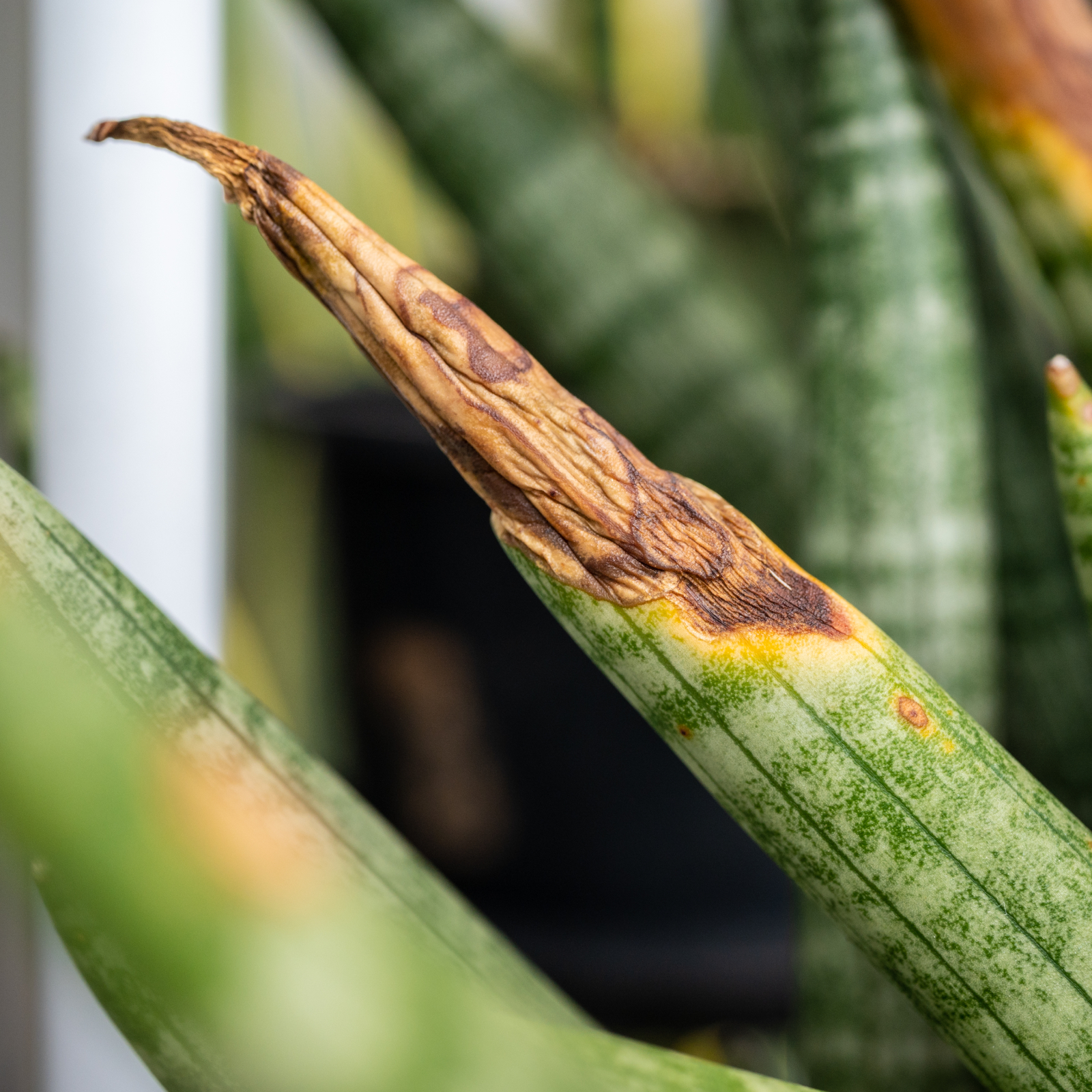 Help, My Snake Plant Is Mushy! Advice For Root Rot In Snake Plants
Help, My Snake Plant Is Mushy! Advice For Root Rot In Snake PlantsSnake plants are hardy houseplants, but they can be susceptible to root rot. Learn how to prevent and treat this common snake plant problem.
By Amy Grant
-
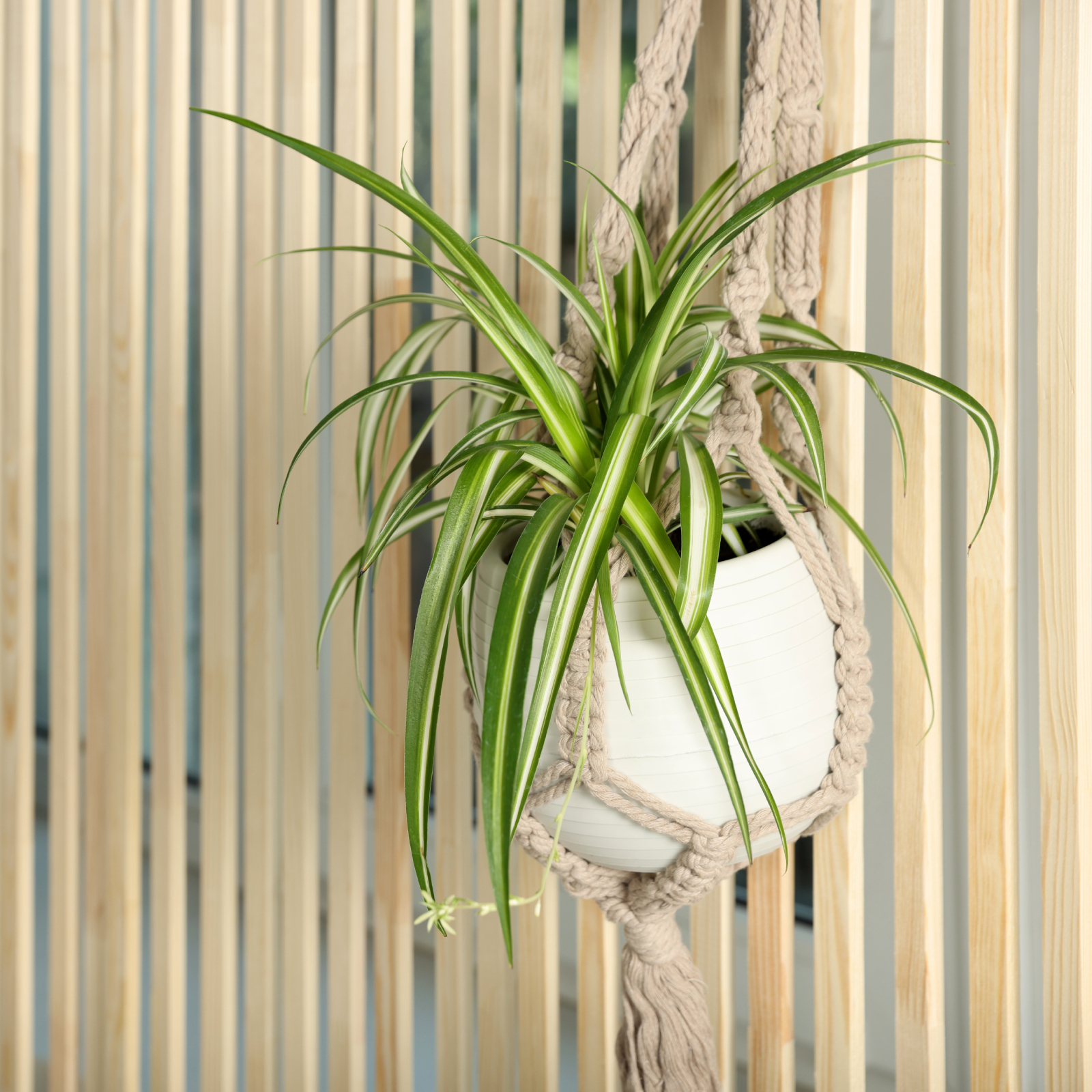 How To Grow A Hanging Spider Plant – For An Elegant Indoor Or Outdoor Display
How To Grow A Hanging Spider Plant – For An Elegant Indoor Or Outdoor DisplayOf all the beautiful baskets we see, the hanging spider plant is probably the easiest to grow. Let your hanging basket spill over with little spider plantlets!
By Teo Spengler
-
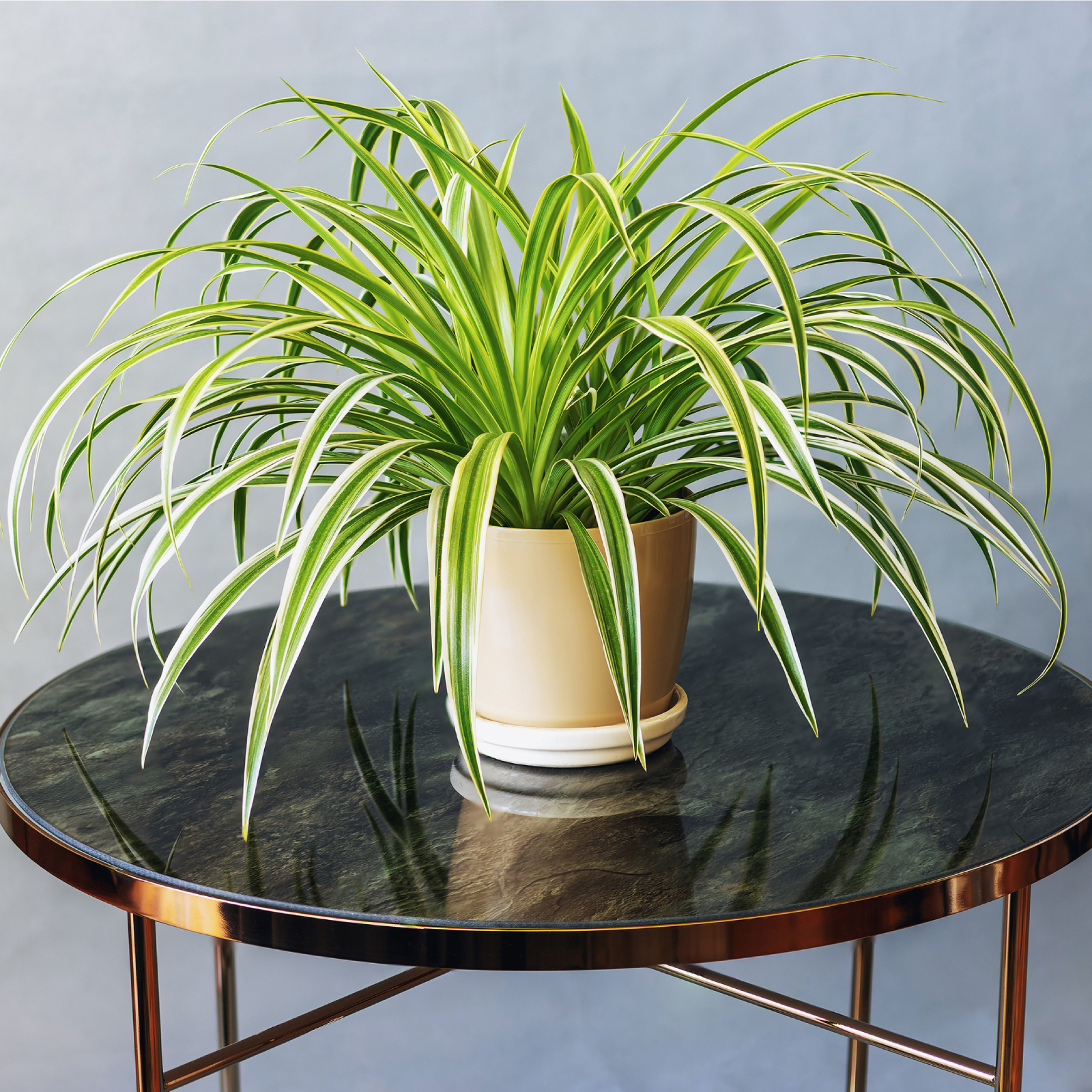 How To Care For A Variegated Spider Plant – Plus, Unique Varieties To Try
How To Care For A Variegated Spider Plant – Plus, Unique Varieties To TryVariegated spider plants and their streaks of green and cream tones bring interest and light to an indoor room, and will elevate your houseplant collection.
By Teo Spengler
-
 How Often Should You Water A Spider Plant? Tips To Keep Spider Plants Happy And Healthy
How Often Should You Water A Spider Plant? Tips To Keep Spider Plants Happy And HealthySpider plants are hardy and easy to grow, but they do need proper watering to thrive. Read our tips on how often to water your spider plants.
By Amy Grant
-
 Snake Plant Getting Enough Light? Understanding Light Requirements And How To Adjust
Snake Plant Getting Enough Light? Understanding Light Requirements And How To AdjustSnake plant light requirements aren’t as stringent as for some houseplants, but the right lighting is important for their growth and well-being.
By Tonya Barnett
-
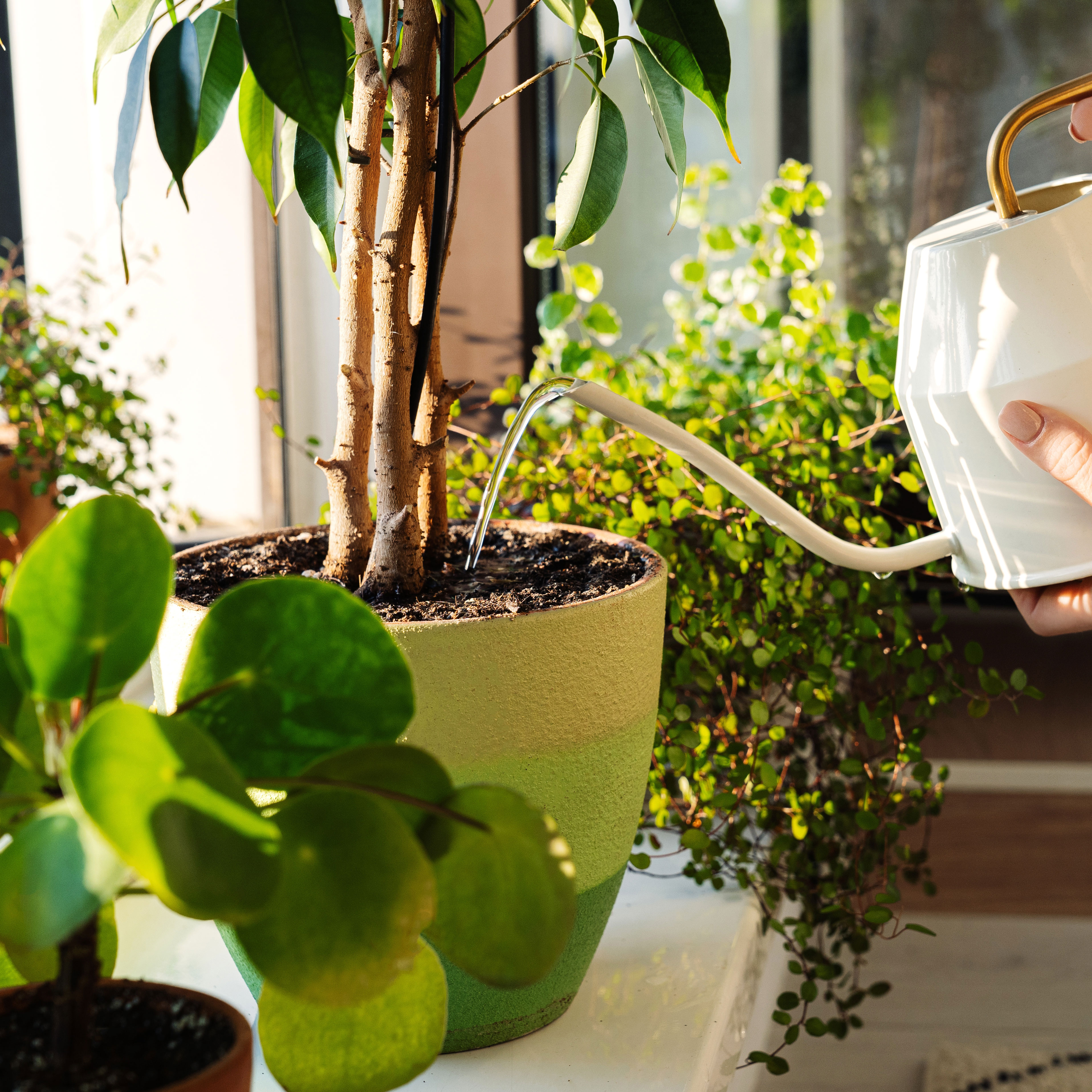 Feeding Houseplants: How And When To Fertilize Indoor Plants Like A Pro!
Feeding Houseplants: How And When To Fertilize Indoor Plants Like A Pro!Container-based houseplants have specific feeding needs over and above plants grown in the ground. Here’s how and when to fertilize indoor plants the right way
By Bonnie L. Grant
-
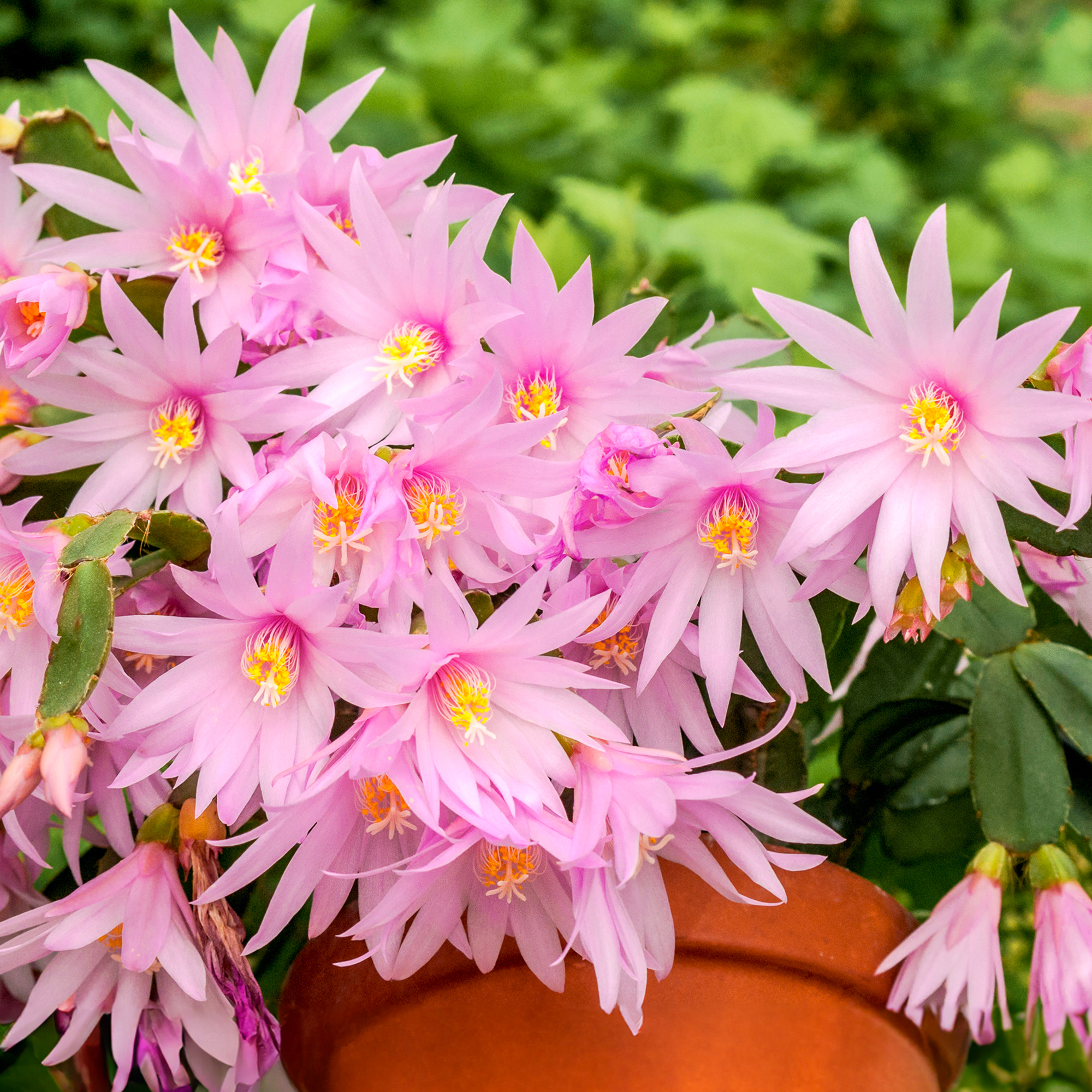 How To Get An Easter Cactus To Bloom Every Year: Expert Tips For Stunning Spring Flowers
How To Get An Easter Cactus To Bloom Every Year: Expert Tips For Stunning Spring FlowersDiscover the secrets to vibrant Easter cactus flowers and follow these key steps to ensure spectacular blooms just in time for spring.
By Melanie Griffiths